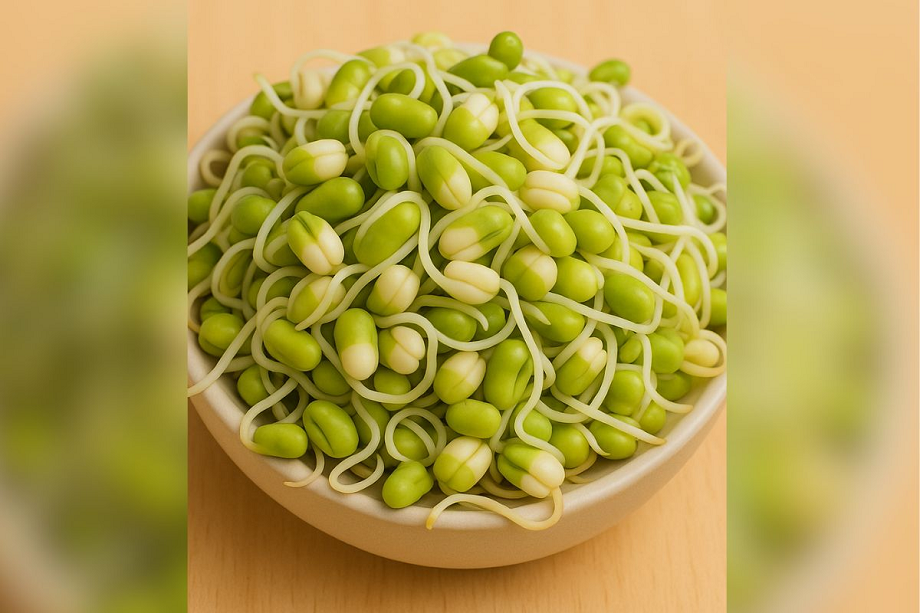Poison being sold packed in branded boxes! 4400 kg of fake ghee seized, know how to identify real and fake ghee
- bySudha Saxena
- 03 Jun, 2025

If you are consuming the ghee used in your home every day, thinking it to be healthy, then be careful. Because now the fake ghee being sold in the market can prove to be poisonous for you. A shocking incident has come to light from Aravalli district of Gujarat, where about 4400...
If you are consuming the ghee used in your home every day considering it healthy, then be careful. Because now the fake ghee being sold in the market can prove to be poisonous for you. A shocking incident has come to light from Aravalli district of Gujarat, where about 4400 kg of fake ghee and butter has been seized. Investigation revealed that this ghee was being prepared without any valid FSSAI license and was being sold in the market after packing it in big branded boxes.
Where was this network of fake ghee found?
The Food and Drugs Control Administration (FDCA) along with the police and the Forensic Science Laboratory (FSL) team raided a factory named M/s Bapashri Dairy Products located in Bhiloda area of Aravalli district of Gujarat. During this, 7 samples were taken and a total of more than 4.4 tonnes of fake ghee and butter was seized, which is valued at around Rs 23.74 lakh in the market.
No license yet business is going on fearlessly
Investigation revealed that this factory was not licensed by FSSAI. Despite this, fake ghee was being prepared here on a large scale. FSSAI has considered this a serious violation of the Food Safety Act and legal action is being taken on this.
Consuming fake ghee can cause serious diseases
According to FSSAI and health experts, eating fake or adulterated ghee not only affects the digestive system but the entire body.
Dangers of fake ghee:
- Digestive disturbances: Problems like gas, indigestion, vomiting, diarrhea.
- Liver and kidney damage: Long-term consumption can damage these vital organs of the body.
- Heart diseases: Trans-fat present in fake ghee increases the risk of heart diseases.
- Effect on immunity: It becomes more dangerous for those with weak immunity.
- Cancer risk: An NCBI report states that the synthetic ingredients and trans-fats present in fake ghee may cause cancer.
What is fake ghee?
Fake ghee is one in which vegetable oil, cheap oil, synthetic substances, starch, or other adulterants are mixed to give it the smell and color of real ghee. But it has no nutrition, and it harms the body.
How to identify real and fake ghee?
According to FSSAI, you can check at home in some easy ways whether the ghee you are consuming is real or adulterated.
1. Identify by smell:
Real ghee has a mild and natural smell. Fake ghee may have a strong and artificial smell.
2. Rub it on the hand:
Apply a little ghee on the hand and rub it. Real ghee will start melting and its fragrance will also come. Fake ghee will not have this quality.
3. Melting at room temperature:
Real ghee melts slightly at room temperature, but fake ghee melts quickly or solidifies completely.
4. Water test:
Put a little ghee in a glass of water. Real ghee floats and does not form a layer. Fake ghee forms layers.
5. Iodine test:
Put half a teaspoon of ghee in a glass and add 2-3 drops of iodine solution to it. If the color turns blue, then starch has been mixed in the ghee, which means it is fake.
Why is it important to check FSSAI license?
FSSAI's license number is mandatory on every packaged food product. This ensures that the product is made in accordance with food safety standards. Fake companies often operate without a license or print fake numbers.
What precautions should customers take?
- Buy ghee only from trusted shops.
- Do check the FSSAI license number on the packet.
- While buying local brand ghee, check its quality first.
- If ghee has any strange smell, colour or taste, stop using it immediately.
- Don't get tempted by the cheap prices; don't play with your health.
PC:Punjab Kesari






